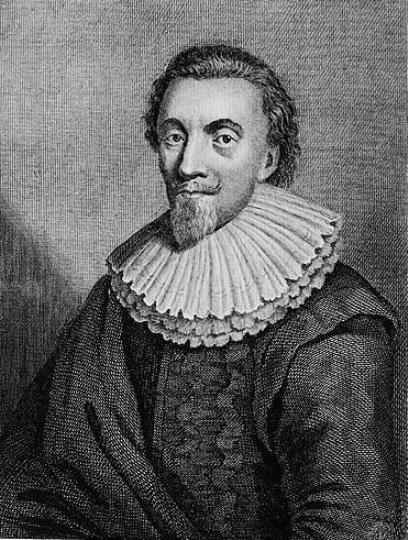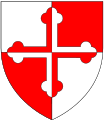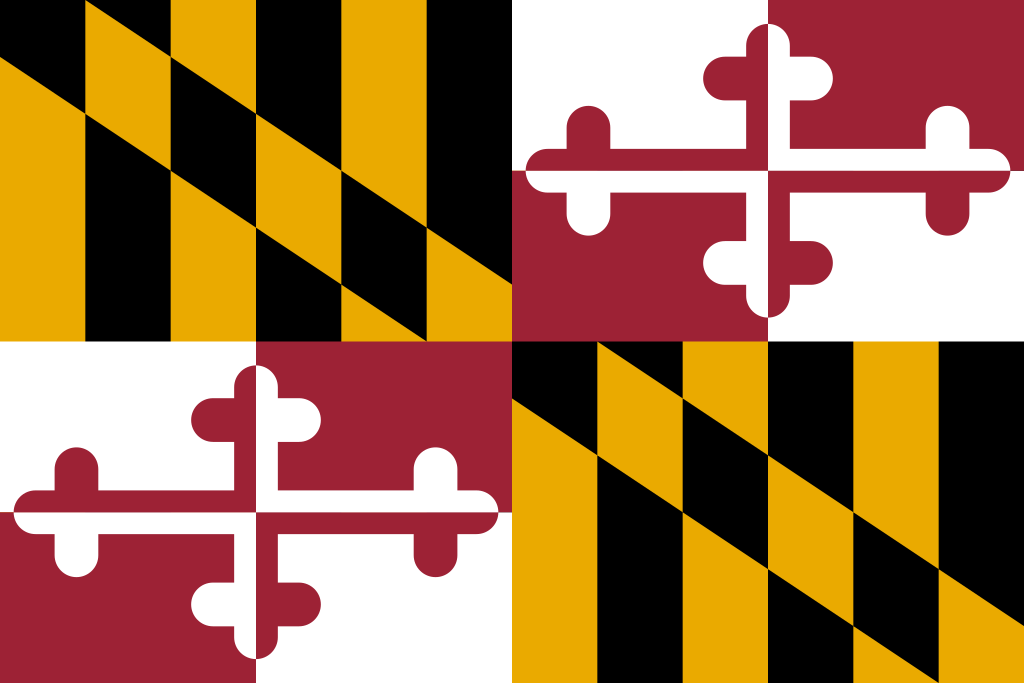
Please follow us on Gab, Minds, Telegram, Rumble, Truth Social, Gettr, Twitter
Notice the lion of the Talbots behind her. The lion was the heraldic symbol of the English Talbots as well as of the Irish Talbots, and there were many branches of the Irish Talbots. There appear to be no pictures of Lady Grace online. Perhaps in some old castle or mansion in County Kildare there is a portrait of her. (If anyone can find one, please let me know.) There is little available about her life and nothing about why her brother Cecil Calvert named Talbot County after her. Cecil had eleven brothers and sisters and Grace was not close to him in age. Some sources say she came to Mary's Land and died there but others say she died and was buried in London.

At any rate, someone should make a movie about the Calverts and their adventures in the New World. The adventures began with George Calvert (1580-1632) of Kiplin Hall in Yorkshire, the future 1st Lord Baltimore. Born into a devout Catholic family, the Calverts were so devout they were often in trouble with the law, which prohibited the practice of the Catholic Faith. His mother had been from the ancient family of Crosland, whose heraldic symbol was the cross. The Calverts later combined both coats of arms when they became the Lords Baltimore.

Calvert Coat of Arms (Public Domain)

Crosland Coat of Arms (Public Domain)
In 1604 George Calvert married Anne Mynne. By this time he had studied law and languages at Oxford. In order to study at Oxford one had to conform to the state religion of Anglicanism and George did so, although it is thought he may have secretly continued to be a Catholic. At any rate, he was married in the Anglican church and all his children were baptized Anglican. George traveled abroad as a young man and with his knowledge of law and languages he was sent on diplomatic missions by the new Stuart King James I. King James was known to favor handsome young men but in George Calvert's case his genuine diplomatic finesse earned him the royal trust and royal regard.
Now in those days Ireland was a place where people were sent as a punishment, rather like Siberia for the Russians. However, King James sent George Calvert there because he trusted him to honestly assess the situation, which was in turmoil as usual, and do the best he could to restore law and order. George did so, befriending the famous Thomas Wentworth, Lord Strafford, who became his close friend. Being in Ireland, however, made him turn back to his Catholic faith and become more sympathetic to the Irish. George continued to rise in the government of the Three Kingdoms of England, Scotland and Ireland, holding many important offices, even that of Secretary of State and Privy Councilor. The King rewarded George for his accomplishments by granting him lands throughout the realms, including the barony of Baltimore in County Longford.
Then George's wife Anne died in 1622. In 1624, George resigned his public offices and was reconciled to the Catholic faith by a Carmelite priest Father Simon Stock. Most of his children followed him in his faith. In the meantime, George was also embroiled in the debacle of the proposed Spanish marriage for King James' surviving son Prince Charles. King James died in 1625. His son, Charles I, in spite of being married to a Catholic, a French princess Henriette-Marie, was forced by parliament to crack down on Catholics.
George, now Lord Baltimore, announced that he was taking his entire family to the New World. He had married again, a lady named Joane. As early as 1620, George had bought land from a Welsh investor in New Found Land, plus James gave him a charter for a "county palatinate." George called it "Avalon" after the legendary spot where King Arthur was said to have been taken after his last battle. Before the Calvert family arrived George sent Welsh settlers to start a settlement called "Ferryland." A house was built for the Calverts but although the summers were lovely and the timber and fishing resources were abundant, the winters were fierce. Many fell ill. Plus the French, who were settling in the rest of Canada, fought with the Avalon colonists. George had several sea battles in his two ships "The Ark" and "The Dove." When summer finally arrived, George sent his children back to Ireland. After a brief trip south to Jamestown, he returned to Ireland as well. But off the coast of Ireland they were shipwrecked and his second wife Joane was drowned.
George's health was broken by sorrows and trials, but he petitioned King Charles for another charter for the land slightly to the north of Jamestown. In 1630, his daughter Grace married Robert Talbot, Baronet Talbot of Carton. George died in April 1632; his oldest son Cecil was the new Lord Baltimore. In June of 1632, the charter for the new palatinate was granted by Charles I, and it was named "Mary's Land" for Queen Henrietta Maria. (To be continued.)

Arms of Cecil Calvert, 2nd Lord Baltimore (Public Domain)